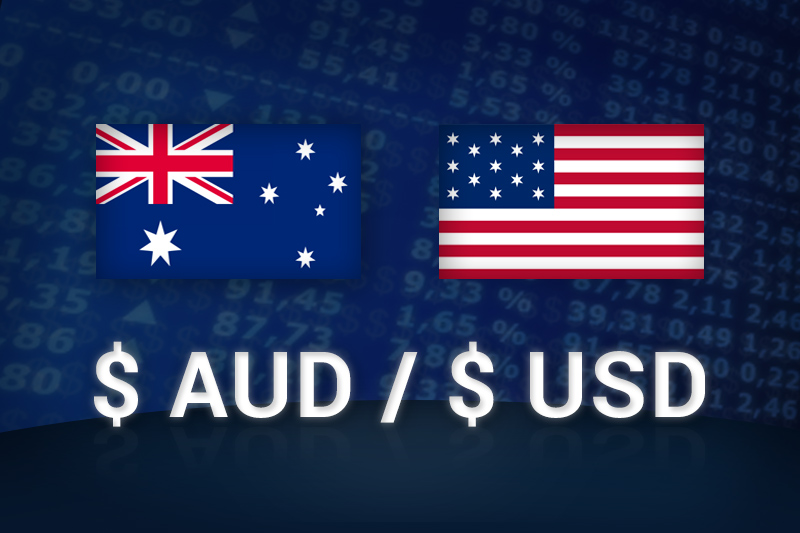Investing.com - The Australian dollar traded higher against its U.S. rival during Friday’s Asian session following the release of a decent data point from down under.
In Asian trading Friday, AUD/USD rose 0.15% to 0.8944. The pair was likely to find support at 0.8848, the low of August 5 and resistance at 0.9070, the high of August 26.
In a report, the Reserve Bank of Australia said that Australian private sector credit rose 0.4% in July after a 0.4% increase in June. Analysts expected a July increase of 0.3%.
That report came a day after the Australian Bureau of Statistics said private capital expenditure rose 4% in the second quarter, more than the expected 1% increase. The previous quarter's figure was revised up to a 4.1% decline from a previously estimated 4.7% fall.
In U.S. economic news out Thursday, the U.S. Commerce Department said U.S. GDP grew 2.5% in the second quarter, well above the initial reading that showed growth of 1.7%. Economists expected the revision to show growth of 2.2%. Consumer spending grew 1.8% after rising 2.3% in the first quarter.
The Labor Department said initial claims for jobless benefits fell by 6,000 to 331,000 last week. Economists expected first-time claims to come in at 332,000.The less volatile four-week moving average rose by 750 to 331,250.
Elsewhere, AUD/NZD rose 0.06% to 1.1506 after Statistics New Zealand said that New Zealand said building consents there rose to -0.8% in July from -4% in June. Analysts had expected New Zealand Building Consents to rise to 1.3% last month.
AUD/JPY inched down 0.03% to 87.81 after Japan’s Statistics Bureau said that Japan’s core consumer price inflation was 0.7% last month after reading 0.4% in June. Analysts expected a July reading of 0.6%
In Asian trading Friday, AUD/USD rose 0.15% to 0.8944. The pair was likely to find support at 0.8848, the low of August 5 and resistance at 0.9070, the high of August 26.
In a report, the Reserve Bank of Australia said that Australian private sector credit rose 0.4% in July after a 0.4% increase in June. Analysts expected a July increase of 0.3%.
That report came a day after the Australian Bureau of Statistics said private capital expenditure rose 4% in the second quarter, more than the expected 1% increase. The previous quarter's figure was revised up to a 4.1% decline from a previously estimated 4.7% fall.
In U.S. economic news out Thursday, the U.S. Commerce Department said U.S. GDP grew 2.5% in the second quarter, well above the initial reading that showed growth of 1.7%. Economists expected the revision to show growth of 2.2%. Consumer spending grew 1.8% after rising 2.3% in the first quarter.
The Labor Department said initial claims for jobless benefits fell by 6,000 to 331,000 last week. Economists expected first-time claims to come in at 332,000.The less volatile four-week moving average rose by 750 to 331,250.
Elsewhere, AUD/NZD rose 0.06% to 1.1506 after Statistics New Zealand said that New Zealand said building consents there rose to -0.8% in July from -4% in June. Analysts had expected New Zealand Building Consents to rise to 1.3% last month.
AUD/JPY inched down 0.03% to 87.81 after Japan’s Statistics Bureau said that Japan’s core consumer price inflation was 0.7% last month after reading 0.4% in June. Analysts expected a July reading of 0.6%
